Eye exams are absolutely necessary for everyone. Whether you’re perfectly healthy or not, you still need to get your eyes checked regularly for any defects or impairments. Sometimes, the deterioration in vision is so subtle that you won’t notice it at all. Only once it gradually gets worse will you notice that something is wrong. Furthermore, there are eye conditions like glaucoma and cataracts that can lead to loss of vision, whose beginnings are completely painless and unnoticeable. Unless you get your eyes checked regularly, you won’t even know something is wrong, and when you do know later, it could be too late. To avoid these sort of situations, it’s recommended to get a simple eye exam done at least once in 2 years, or more frequently for high risk groups like elders and diabetics.
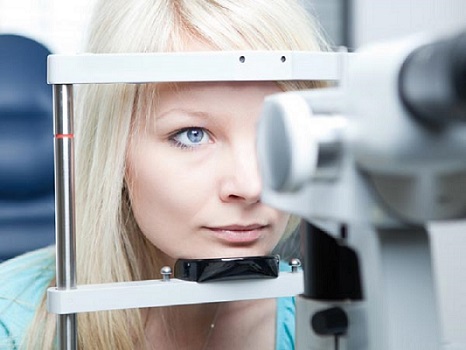
A lot of people also seem to think that an eye exam is an expensive, cumbersome and uncomfortable process, and that keeps them from scheduling it. In reality, eye exams are quite affordable, are done quickly, and are completely painless! A well-known chain of optical stores or optometrists are bound to have the best equipment for checking your eyes, and you should be able to finish up everything in under half an hour. Consider the fact that the half an hour you spend there can reduce the risk of eye conditions by almost 90%, since you can treat them earlier, and it doesn’t sound so bad, does it?
If you’ve ever wondered what is done at an eye exam, we’ve got you covered. You will be subjected to a battery of tests that check every part of your vision, and make sure that you see properly. Here’s what happens:
Visual Acuity Test
Perhaps the most recognizable test of them all, the visual acuity test is used to determine the prescription for your glasses, if you need them at all. You’re told to read out letters from a large chart on the wall at a certain distance, then given a small chart in your hands to read out. The first one checks if you’re shortsighted, and the second one checks if you’re farsighted. It may be done by a screen as well. The chart used is called a Snellen chart.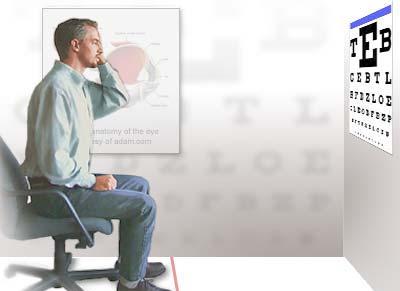
Color Vision Test
As you can imagine, the color vision test is done to determine whether you’re colorblind or not. It basically involves you trying to read letters or discern patterns from a chart or screen of multicolored dot pattern pictures. If you’re able to see all dots clearly and make out the shapes of patterns or letters, you’re good to go. Or else, it could suggest that you’re colorblind.
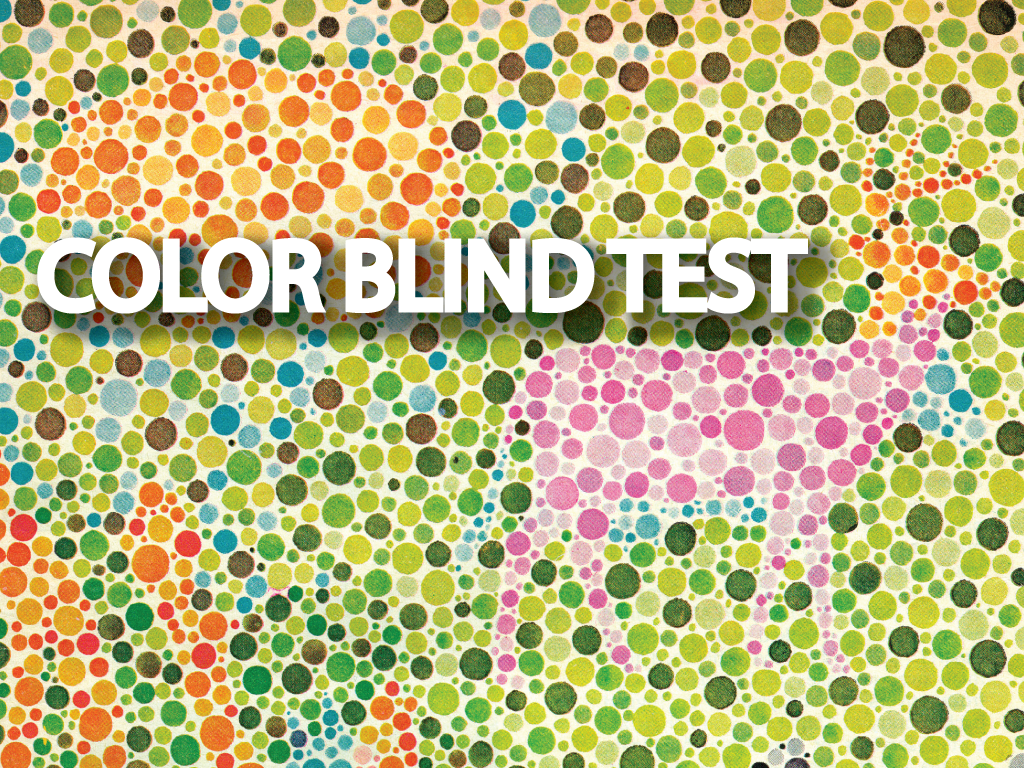
Cover Test
Not to be confused with the visual acuity test where one of your eyes can be covered to see if the other one can also read properly, the cover test is done to check for lazy eye, strabismus or binocular vision. You will be told to focus on a small object across the room, then one eye will be covered at a time to see whether your other eye has to change focus even though you were staring at the same object.
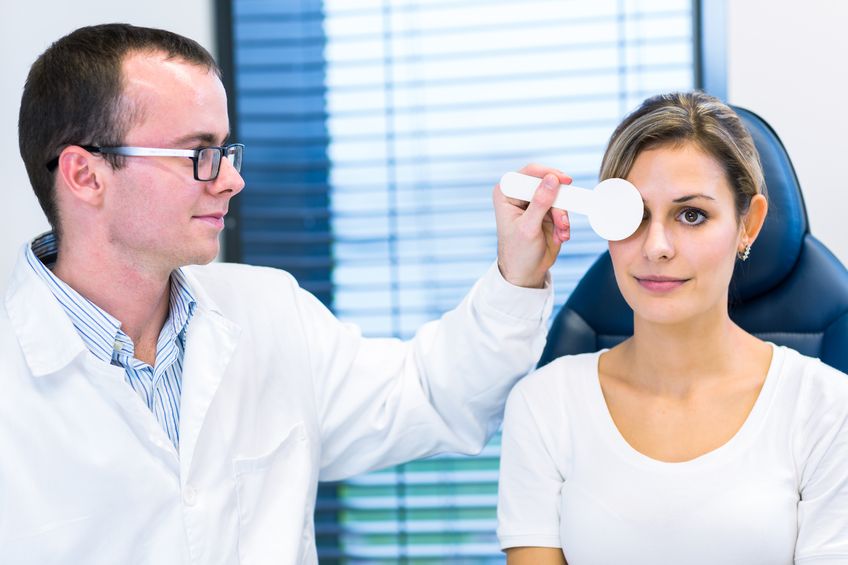
Visual Field Test
This test is done to check your field of view. The tester uses either a machine that displays colored lights or covers your eyes with slits or moves his/her hand around to see if you can still see from the peripheries of your eyes. The idea is to check how wide your field of vision is, and if you can make out objects coming in and out of your vision well.
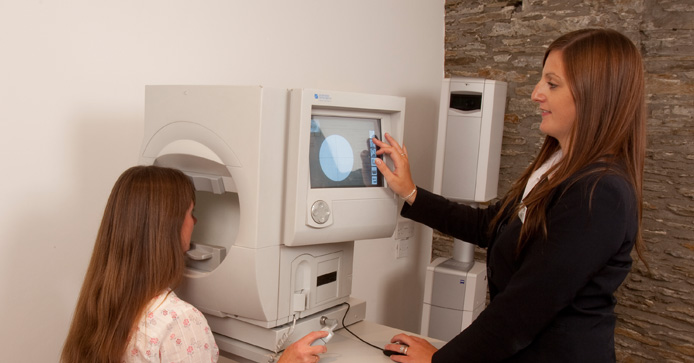
Retinoscopy Test
Next, we have a retinoscopy. It’s basically used to check what prescription lenses you might need. It’s used mostly for children, who can’t give proper answers in another test which we will elaborate on below. The tester tells you to stare at a letter on the wall and shine a light on your eyes while flipping lenses in front of them. Depending on how the light reflects from your eyes, the tester can often make out what lenses might be required.
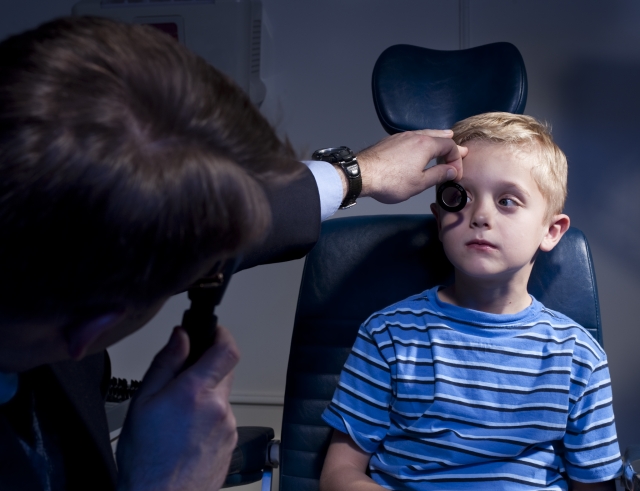
Refraction Test
Similar to the above test, the tester keeps changing lenses on each eye one by one until you see the letter you’re focusing on the clearest. This test depends on you, so you need to answer his/her questions about clarity very carefully.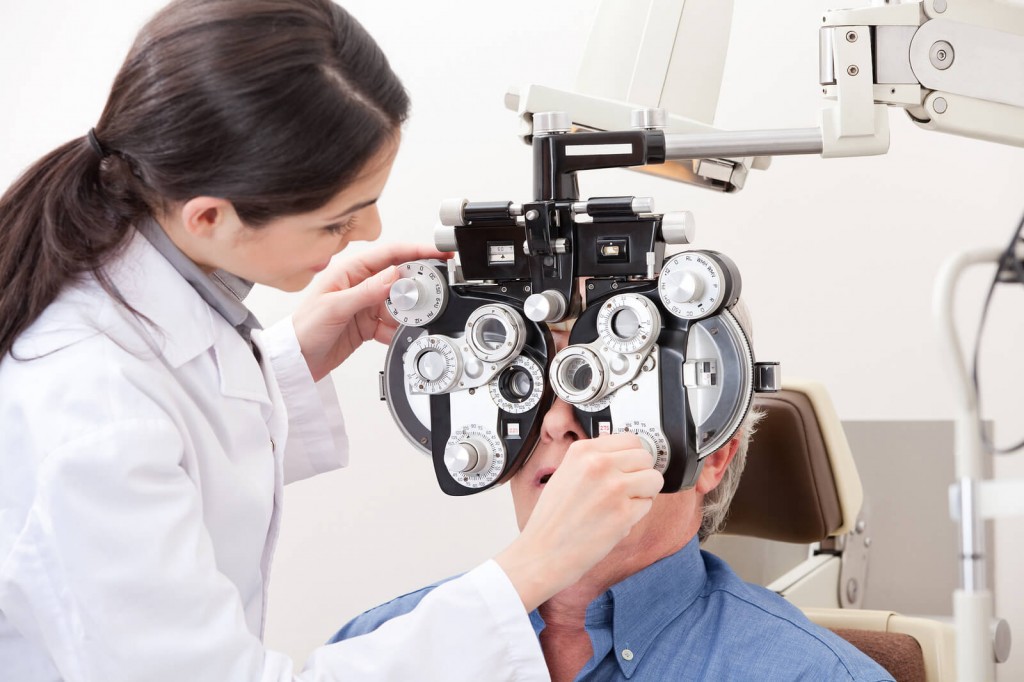
Autorefractor Test
Nowadays though, there’s a machine called an autorefractor used, which computes the prescription values you’d need in a matter of minutes. It determines the lens power required to accurately focus light on your retina and makes the prescription. This is also especially good for children who can’t concentrate for the other tests.
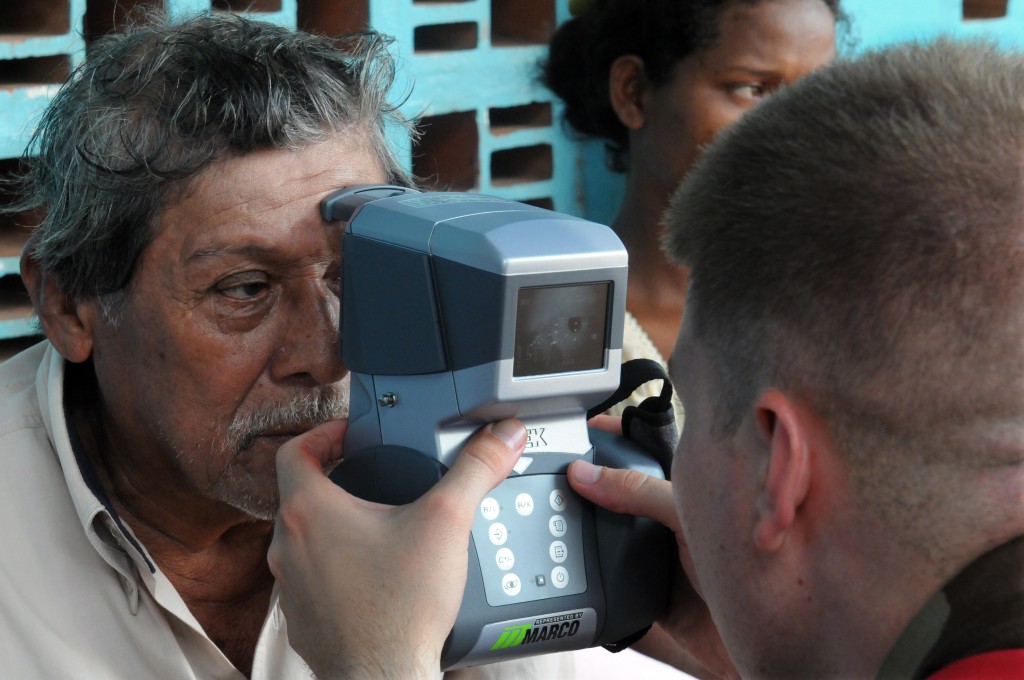
Slit-Lamp Test
Also called the biomicroscope test, this test is used to determine whether your eyes are healthy from the inside. The tester uses a microscope like device to magnify your eye and check each and every part. You will be told to rest your head on a small platform and look into the light. It’s one of the most important tests because it can tell the tester about a variety of eye conditions.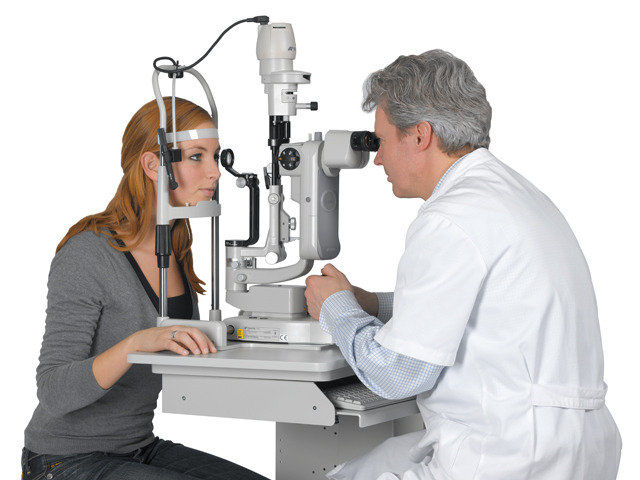
Glaucoma Test
Finally, we have the glaucoma test, which checks for the dangerous condition in one of many ways. Although it can be checked for in the slit-lamp test as well, the most accurate and common way of doing this is by using a machine that blows a gust of air into your eyes and calculates the fluid pressure. There’s also a contact based test that requires an anesthetic, in which the device touches your cornea to determine the pressure.
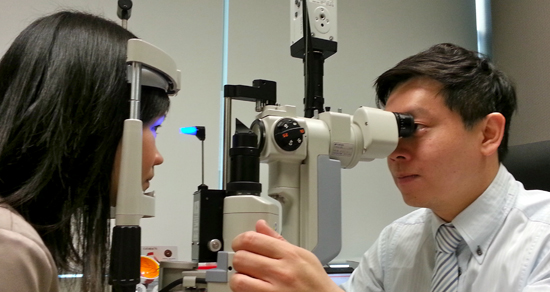
As you can see from the above, there’s absolutely nothing to be afraid of in an eye exam, and neither is it expensive, so what’s stopping you? Go ahead and get your eye exam right now if you haven’t had one in recent memory!
Don’t Misss to Checkout for best Eyeglasses and Sunglasses for your eyeproblems.
Image Credits: wikimedia.org, img.medicalexpo.com, toddlerglasses.files.wordpress.com, ohiolionseyeresearch.com, dr-modesto-od.com, bluewizardapp.files.wordpress.com, eagleeyecentre.com.sg
